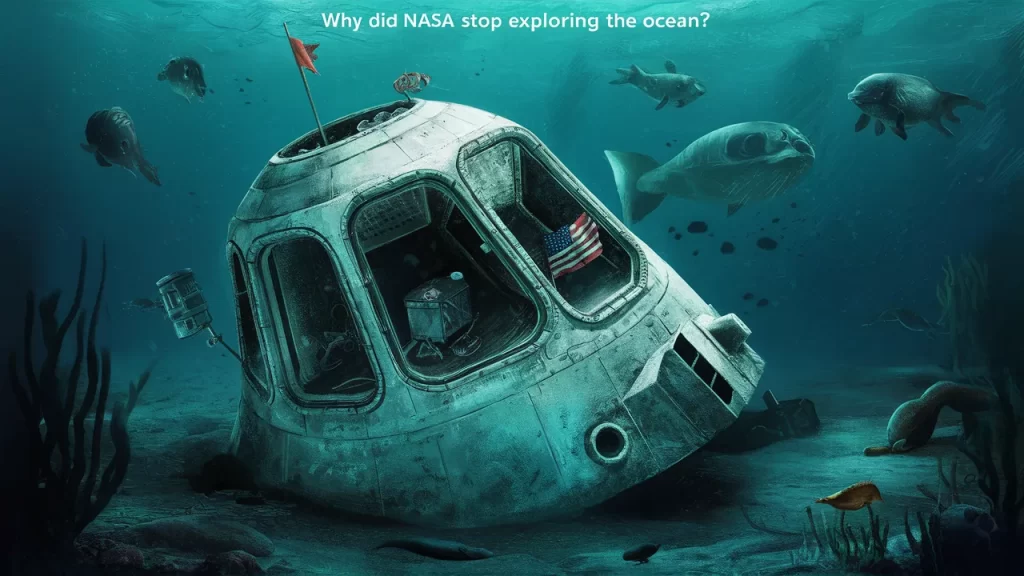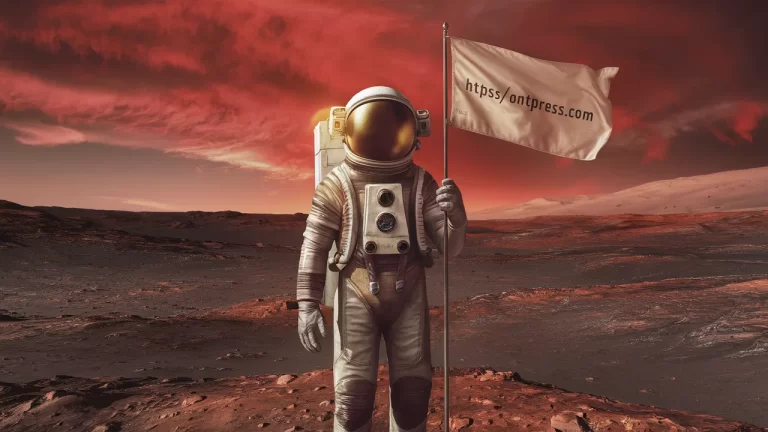Table of Contents
Deep under the sea lies a hidden world, brimming with secrets. Contrary to what some believe, NASA, the space agency, has not ceased exploring the ocean. NASA maintains a keen interest in marine studies. While their gaze often turns to the stars and the vastness of space, they continue to investigate our planet, including the vast blue expanse of the sea.
NASA wants to learn about space and the air we fly in, but they also want to understand the ocean and how it affects our weather.
NASA’s Ocean Missions in History

In 1978, NASA started looking at the ocean from space with a satellite called Seasat. It was the first of its kind and told us about ocean winds, temperatures, waves, and shapes. Even though it stopped working after 105 days, it was a big step for watching the ocean from above.
Then, in 2011, NASA launched another mission called Aquarius. It was special because it measured how salty the sea is all over the world. This helped us know more about rain, rivers, and ocean currents. Aquarius worked well for three years until it had a power problem.
Even when things went wrong, these missions taught us a lot about the sea. Now, NASA has a new mission called PACE that looks at tiny sea creatures, dust, and clouds, and how they all work together with the climate.
Why NASA Looks at Space More Than the Ocean
NASA was created on July 29, 1958, because the United States wanted to be the best in space. The Soviet Union had just sent a satellite called Sputnik into space, and the U.S. wanted to show it could do even better. Going to the Moon was a big goal. The ocean was important too, but space was where the big adventures were. NASA still studies the ocean from space, though.
Read also: Aoomaal
Common Myths About NASA and the Ocean
There’s a story on the internet that says NASA stopped exploring the ocean because they found something scary. But that’s just a story. NASA was made to explore space, but it helps with ocean research too. Sometimes, missions stop because of equipment problems, not because of secrets. NASA is still looking at oceans on other planets to see if there could be life there.
NASA’s Current Ocean Work
NASA isn’t just looking at Earth’s oceans; they’re also interested in oceans on other planets and moons. They work with other scientists to learn if places like Europa, Enceladus, and Titan could have living things in their waters. One big project is the Europa Clipper, which will check if Europa could be a home for life.
Final Words
In the end, NASA is like a curious explorer, always looking for new things to discover. They started by looking at the stars and went to the Moon. But they didn’t forget about our oceans.
They’ve sent satellites to learn about the sea and even look for oceans on other planets. The stories about NASA stopping ocean research aren’t true.
They’re still working hard to understand our world and beyond. So next time you hear about NASA, remember they’re not just about space; they’re about exploring all the amazing mysteries, up in the sky and deep in the sea.
People also ask
Has NASA studied the ocean?
Yes, NASA has used the ocean to learn about strange places and try out space tools.
Why do some ocean missions stop?
Missions end when they’ve done their job, when the tools break, or when scientists decide to look at something else.
What does NASA do with the ocean now?
Today, NASA uses satellites to watch the ocean and learn how it moves. This helps us understand the weather and look for life on other planets.











